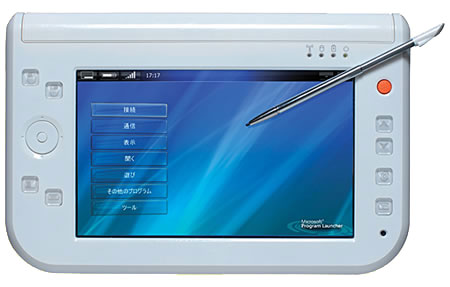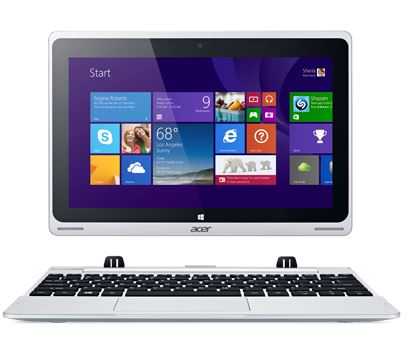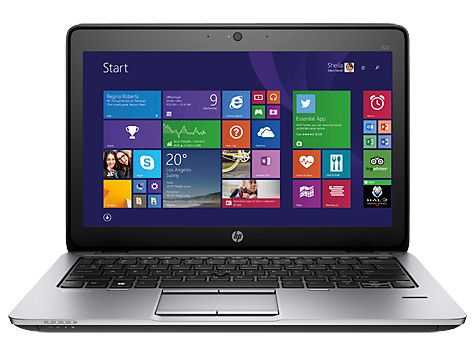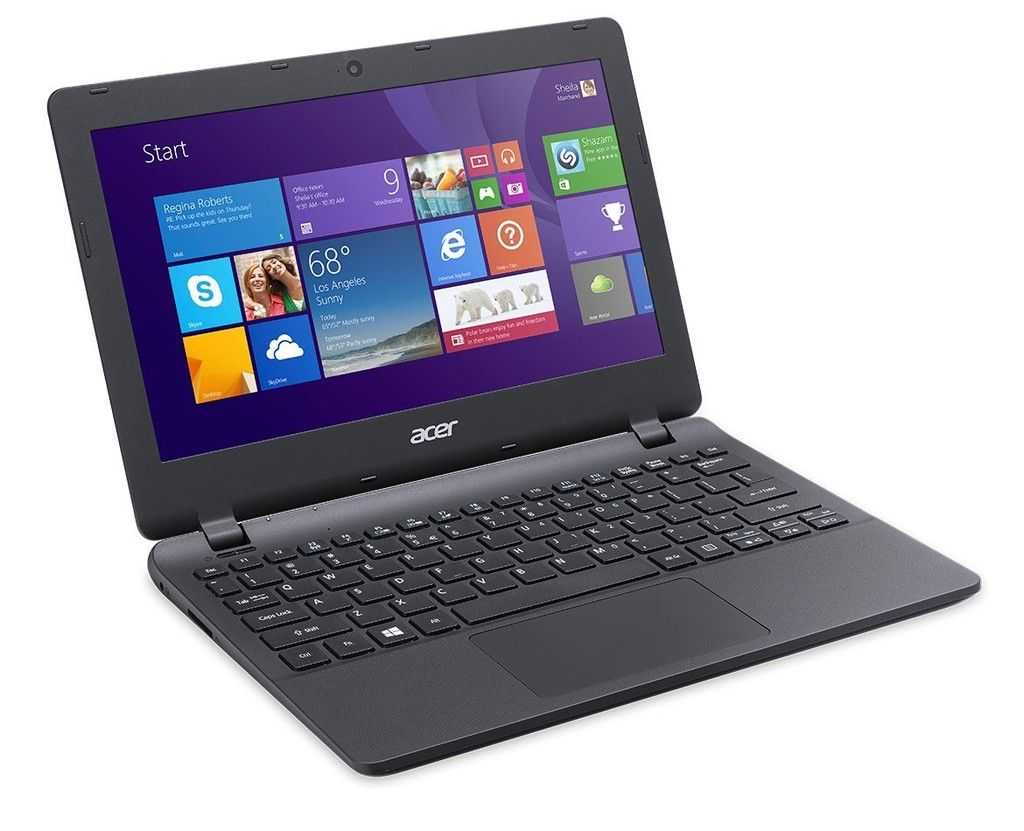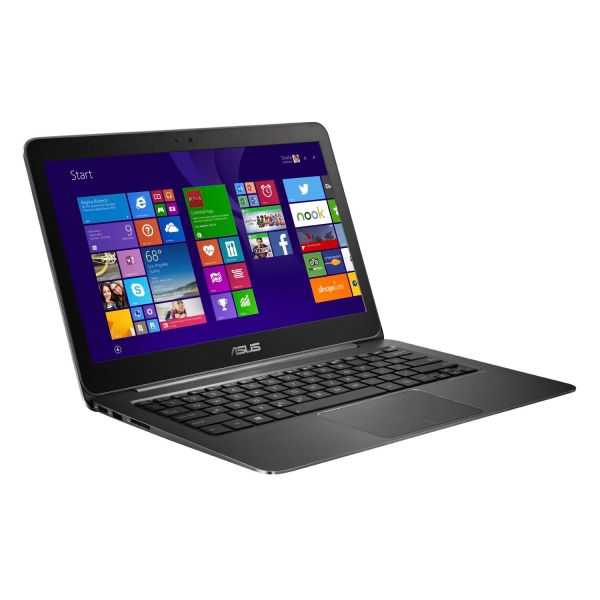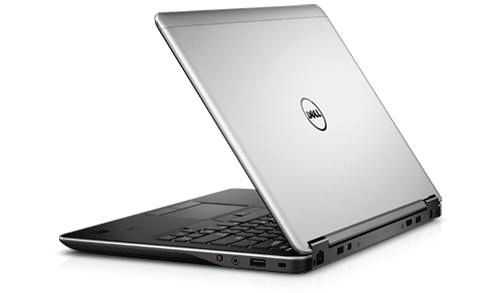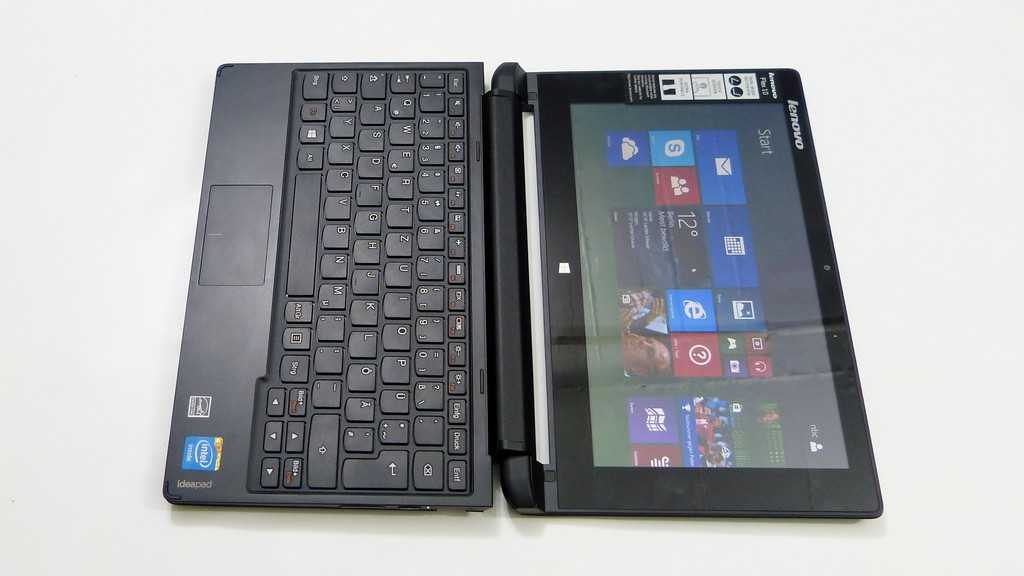Going though some draft posts I found this article, written on 7th March 2006, that I hadn’t finished. Its about the market segment of the ultra mobile PC and its been discussed many times before. While we are waiting for the first UMPC’s to be marketed though, it still seems a very valid summary.
—————–
I read this post recently. [March 2006] from Palmaddict. Here’s a quote:
Too big to put in your pocket while not big enough to truly replace your laptop or Tablet PC, a device without an identity.
Its a response to seeing the form factor of the Origami project devices. Palmaddict questions the market possibilities for the ultra mobile PC form factor. Like a lot of other peoples comments i’ve read, he thinks it sits in an ineffective middle-ground between a smartphones, pocket PCs and laptops. Its partly true, it does sit in the middle ground. But its a middle ground thats becoming bigger and less populated as smartphone functionality develops and PDA’s become less useful. If you’re in the same boat as Palmaddict and wondering why a ultra mobile PC has been brought to market, here’s my thoughts about the ultra mobile PC market position.
Its a tough question to resolve: Will the ultra mobile PC end up as a niche device like the tablet PC? Will it replace the low-end laptop? Its not a black and white situation and everyone has different requirements and preferences. I’ve been trying to define my own portable-pc situation for months after my search for a new smartphone resulted in too many overlaps with the things I used my laptop and pocket PC for. I had a lot of frustration at not being able to migrate all the things I did on a PDA to a smartphone, and at not being able to do all the things that I do on my laptop on my PDA. In the end, i worked out that its all to do with the physical limitations and I needed to find a new class of device. [see footnote]
If you take a look at the growth of the ‘smartphone’ and the functions that are migrating to it, you’ll see that there arent many ‘general use’ apps that are left for the PDA. When I say ‘general use.’ I mean functions like email, web browsing, voice over ip, digital photography and others. [edit: since writing this, I summarised the uses and positioning of mobile devices in this diagram.]

Many of you reading this are classed as advanced users but within a year or so, the same thoughts will be valid for many mass-market customers as they consider their portable computing requirements. A lot of people will really be asking themselves why they have a pocket PC in the car, a laptop in their rucksack, a phone in their pocket and why the hell they need a UMPC!
Accepting the fact that many applications are migrating to the smartphone (‘why’ is not explained in this report. See this article for the division of applications and devices.) the only apps that are left on the PDA are the ones that require a larger screen or some more advanced input method. Video viewing, for example, doesnt migrate well to the smartphone (unless you are happy to carry smartphone with a 3.5″ screen. I’ll also accept that watching 3-minute video clips of stupid people doing stupid things is highly satifactory on a smartphone!) Navigation is another app. that fits perfectly with the PDA form factor. Its a great size for the car dashboard and for the pocket when out for a quick jaunt round your local mountain. Its also not too bad at graffitti type input either. The screen size is big enough to jot a few words down on and the on-screen keypad with its built-in dictionary is OK when writing short emails. Graphical games are also possible, bigger batteries and multiple card slots are also possible.
Whats left for the ultra mobile PC then?
After dividing the applications between a smartphone and a PDA there isnt much left. Most bases are covered apart from apps that require a laptop. That is, a bigger screen and a keyboard (and maybe mouse.) Thats document creation (notes, emails, blogs, spreadsheets, picture editing) longer-term video watching and, very important, quality web browsing.
So why not have a smartphone, a PDA and a laptop? Well, the fact is that most laptops are over specified and are a pain in the arse to carry around. Really. Be honest. Its generally 2kg in weight, costs a lot of money and doesn’t quite fit on an aircraft seat table. Personally, I only watch videos, edit photos, browse the web and write blogs and emails on laptops. I dont do any video editing on it, or any DVD burning, any complex document writing, web-site creation or gaming. I have my big-screen, high-powered PC at my desk for all those things and at the end of the day, its usually my PDA that I use in bed, on my sofa or even in the toilet!
So should I just dump the laptop and use the PDA? No! You still can’t write emails, watch videos and play games on a PDA and most importantly, browsing the web on a PDA is painful. A slow and frustrating experience.
The answer for me (and I suspect a lot of other normal users) is to forget the PDA and laptop options altogether and to go for the more flexible ultra mobile PC (nee mini-tablet PC) option. It covers all the ground that the PDA and the Laptop did for me and actually works out cheaper. My only worry is that it becomes too flexible and both my wife and daughter find good uses for it. One day, I know i’m going to find the button mouse covered in Peanut Butter!
The ultra mobile PC is the new carryable form factor for the smartphone generation. 5-7″, 800×640 of screen space, an optional keyboard for real-time IM, emails, documents and blogs, connctivity to the internet via Wifi or through your smartphone, enough processing power for videos and an enhanced browsing experience, enough disk space for media and, importantly, a stylish appearance.
Is it then time to dump the PDA and laptop and fulfill all the tasks the you really want to do with a UMPC? If you have a PDA or laptop, just be honest with yourself about how you use it and i’m guessing that most normal users will see that a ultra mobile PC is a far more useful and efficient solution to daily computing needs that any PDA/Laptop combo you can think of.
If you’re thinking of buying a laptop for home use or a Pocket PC/PDA for bedtime browsing, my advice is to wait. UMPC’s are here for the early adopters now but in six months, you could be buying a 2nd generation mini-tablet PC device that does everything you wanted with portability you didn’t even dream about in 2005.
Steve / Chippy.
[written – 7th March 2006.]
[footnote]
Thats where the ‘carrypad’ spec. was born from. A hardware definition, software definition and some thoughts about locations have already been published. Then the ultra mobile PC spec. came along and most of my wishes were granted!


